Hello friends,
Today I’m sharing an anti-food waste recipe with you. And it’s not only delicious, but also vegetarian and easy to make. A great combo, right?
Here it is: my zero-waste asparagus velouté!
Find the full recipe on my new english website here : Zero-Waste Asparagus Velouté
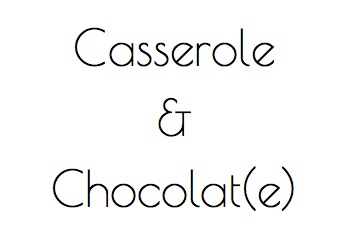
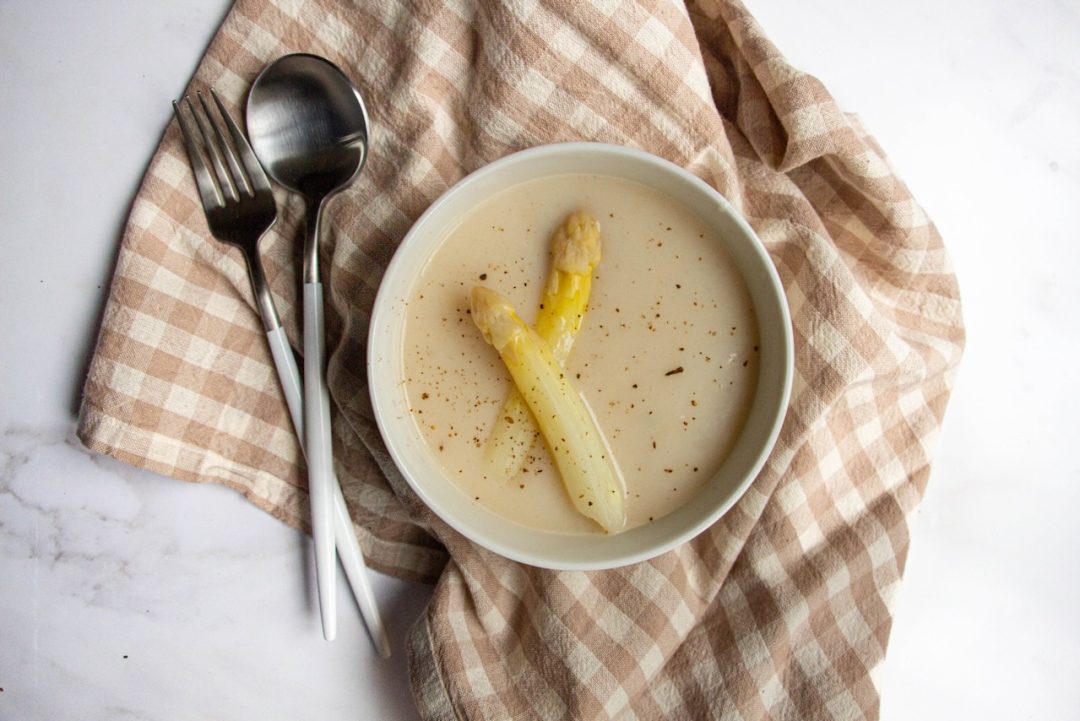
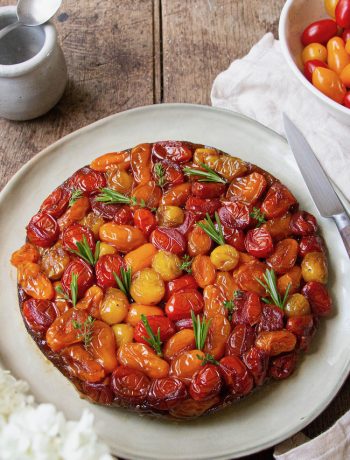
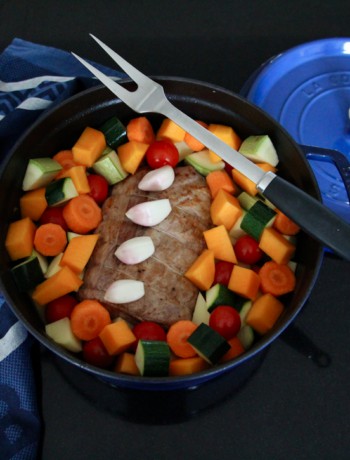
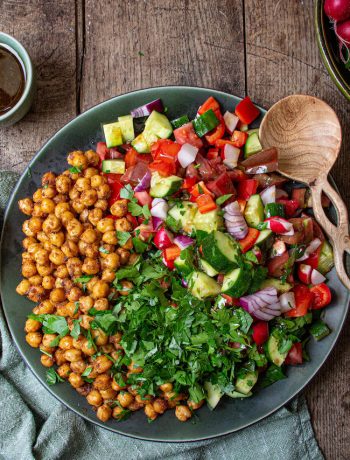
No Comments